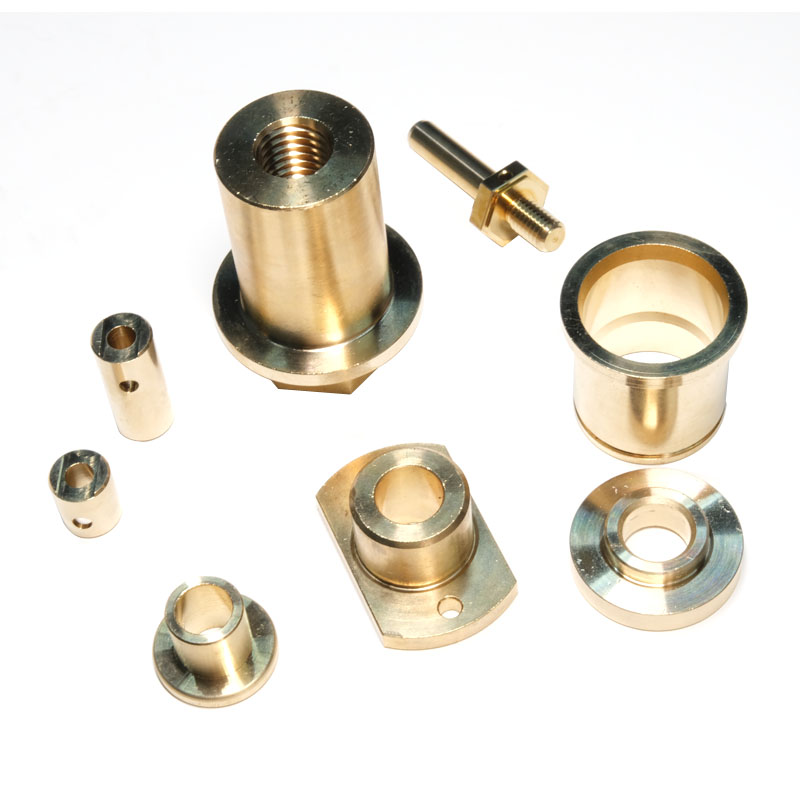Navigating Nature's Challenges: Choosing the Right Sensor Enclosure for Environmental Resilience
2023-12-15
Introduction:
In the intricate dance of technology and nature, sensors often find themselves exposed to the elements. To ensure their seamless performance and longevity, selecting the appropriate sensor enclosure becomes a crucial task. In this exploration, we'll unravel the environmental factors that must be carefully considered when choosing a sensor enclosure. From moisture-laden atmospheres to abrasive industrial settings, the right enclosure is the shield that allows sensors to thrive amidst diverse conditions.
1. Moisture and Water Resistance:
- Water is a relentless adversary for electronic components. Sensors exposed to outdoor or industrial environments must have enclosures that provide robust protection against moisture and water ingress. Enclosures with high IP (Ingress Protection) ratings are essential, ensuring a tight seal to keep internal components dry.
2. Dust and Particulate Protection:
- Dust and airborne particulates can infiltrate sensor components, leading to inaccurate readings and potential malfunctions. Enclosures should be designed to prevent the ingress of dust, maintaining the cleanliness of the internal environment. Seals and gaskets play a pivotal role in achieving effective particulate protection.
3. Temperature Extremes:
- Sensors operate in environments with varying temperatures, from scorching heat to freezing cold. The chosen enclosure material should exhibit thermal stability and insulation properties, protecting the internal components from temperature extremes. Adequate ventilation or insulation mechanisms can contribute to temperature regulation.
4. Chemical Exposure:
- Certain applications expose sensors to corrosive substances or chemicals. Sensor enclosures must be crafted from materials that resist chemical degradation. Stainless steel and corrosion-resistant polymers are common choices for environments where exposure to chemicals is a concern.
5. UV Radiation:
- Outdoor sensors are often exposed to sunlight, and prolonged exposure to UV radiation can degrade materials and affect performance. UV-resistant coatings or materials with inherent UV resistance are essential to mitigate the impact of sunlight on the sensor enclosure.
6. Physical Impact and Vibration:
- Sensors in industrial settings or those installed in vehicles may face physical impacts or vibrations. Robust enclosures with high impact resistance can safeguard internal components from mechanical stresses. Vibration-absorbing materials or mounting techniques can further enhance protection.
7. Electromagnetic Interference (EMI):
- In environments with high levels of electromagnetic interference, sensor enclosures must offer adequate shielding to prevent EMI from affecting the sensor's electronic components. Conductive materials or coatings can be employed to create an effective EMI shield.
8. Humidity and Condensation:
- High humidity levels can lead to condensation inside sensor enclosures, posing a risk to sensitive electronics. Proper ventilation and desiccant materials can help manage humidity levels within the enclosure, preventing condensation-related issues.
Conclusion:
Selecting the right sensor enclosure is akin to providing a tailored suit of armor for sensors venturing into the diverse and challenging landscapes of the world. By meticulously considering factors such as moisture resistance, dust protection, temperature regulation, chemical resistance, UV resistance, impact resilience, EMI shielding, and humidity management, engineers can ensure that sensors not only survive but thrive in their designated environments. In this delicate balance between technology and nature, the right sensor enclosure becomes the guardian, enabling sensors to fulfill their roles with resilience and reliability.



